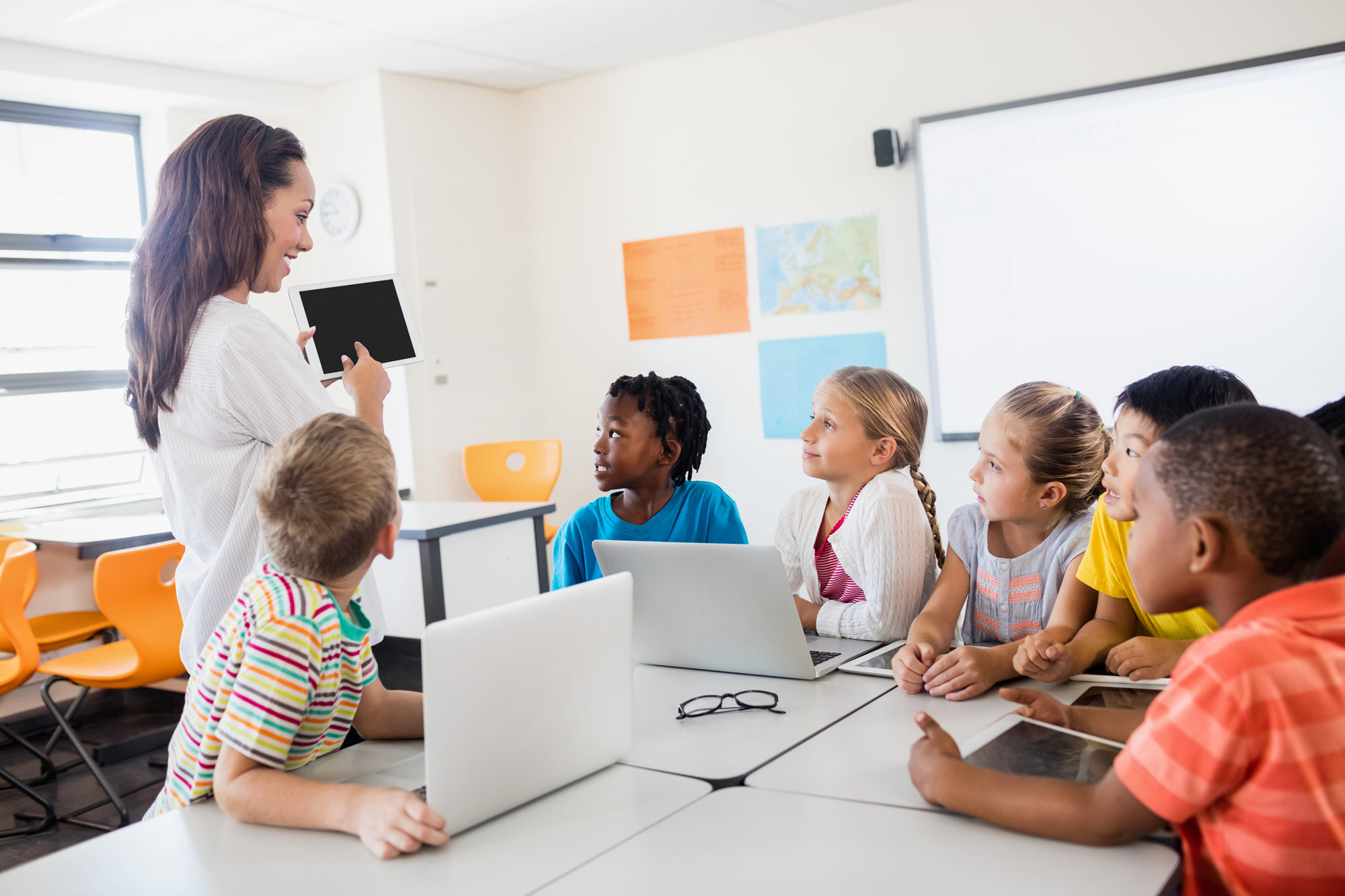Science and technology in current education has become a pillar for continuity and excellence in the holistic training of different generations. Its importance became more visible due to the COVID 19 pandemic, and today many are already noticing its benefits.
This time, we will tell you more about science and technology’s role in the educational framework and its main benefits.
The role of science and technology today
Technology in current teaching has facilitated changes, especially those promoted by the health situation. With science in contribution, we can not only develop distance learning, but we are competently preparing new generations to take on the challenges of the present and the future. Science and technology work as a means and an end for the new generations’ holistic and quality learning.
Today, we can say that science and technology have served us as a means and as an end, in the learning of different knowledge (mathematics and language, for example) and in the appropriation of ICT, which are and will be essential to become productive and useful in modern society. Likewise, with the implementation in education, we help digital natives be more stimulated by their training process and delve into innovation, entrepreneurship, and technological skills, these being key to facing future challenges or becoming engineers.
What benefits do science and technology bring to education?
Here are the most important benefits of science and technology in education:
- Allows the development of new teaching methods
With the use of science and technology, teaching models have been put in place that improves student life quality and are more advantageous for parents and guardians—for example, disruptive methods such as project learning.
The pandemic revealed the benefits of science and technology for education under effective methodologies such as collaborative work and project-based learning.
This method is one of the most valued in the preparation of students to face current and future challenges. It is based on problem-solving following a scientific route, stimulating fundamental skills such as creativity and research capacity.
Of course, in project-based learning, as in other teaching models, technology is an essential element, both for research activity and access to learning materials and the virtual classroom (for the virtual or hybrid modality).
- Access to alternative teaching materials
As we mentioned, science and technology work as a means for access to knowledge and the use of alternative teaching materials that are more attractive and enriching. While ICT skills are improved, students strengthen their interdisciplinary knowledge.
- Teamwork is encouraged
Teamwork through science and technology is encouraged through platforms that open more versatile communication channels, such as web chats and video conferencing applications.
These ICT tools have been protagonists in education in times of pandemic and, since then, for virtual and distance education modalities. Communication and collaborative work between classmates, teachers, and tutors is achieved through it.
Additionally, ICTs are effective and practical for exchanging ideas, materials, and the presentation of group work, using forums, meeting rooms, comment spaces, and more.
- Flexibility and adaptability
Through the use of technologies, flexible education models are implemented that adjust to the current needs of students and families. For example, the possibility of connecting and developing their activities in digital media facilitates quality of life. At the same time, it strengthens students’ good habits, such as self-discipline, autonomy, and time management.
- Develop critical thinking
With all the information we can access from sources like the web, we can teach our students to think more critically. Basic activities are developed for the development of critical thinking, such as:
- Simulation of real-life situations to identify problems and solve them
- Evaluate the information and use it to solve problems
- Recognize relevant criteria and create your own
- Communicate effectively with others for an exchange of ideas
- Streamlines and improves communication
Communication through technological solutions is participatory, agile, and effective. It is possible to share information, ideas, and data through these, both in writing and verbally—all with tools that are intuitive and easy to use and get the most out of.
In turn, these technological solutions allow you to attach documents, share presentations, materials, audio, and all the necessary formats to optimize the communication process.
- Prepare students for the future.
It is undeniable that science and technology constitute an important base in world development. Regardless of the student’s path for their future, they will always be involved with the use of technology. They are related to technology from the same access to education to the execution of daily activities. Therefore, choosing educational programs in which technology is part of the process is necessary.
- Improve communication between teachers and parents
Communication between teachers and parents has never been so effective and simple as it is now using technology. Thanks to the implementation of technological platforms, they can obtain two-way communication on the students’ progress. For example, without spending time traveling or scheduling difficulties, parents and teachers can meet from wherever they are. Additionally, ratings, news, and progress can be monitored and fed back daily with the help of technology solutions. This facilitates more personalized, timely, and effective learning and monitoring. At Aimiuwu, we incorporate science and technology into our international quality educational proposal.



